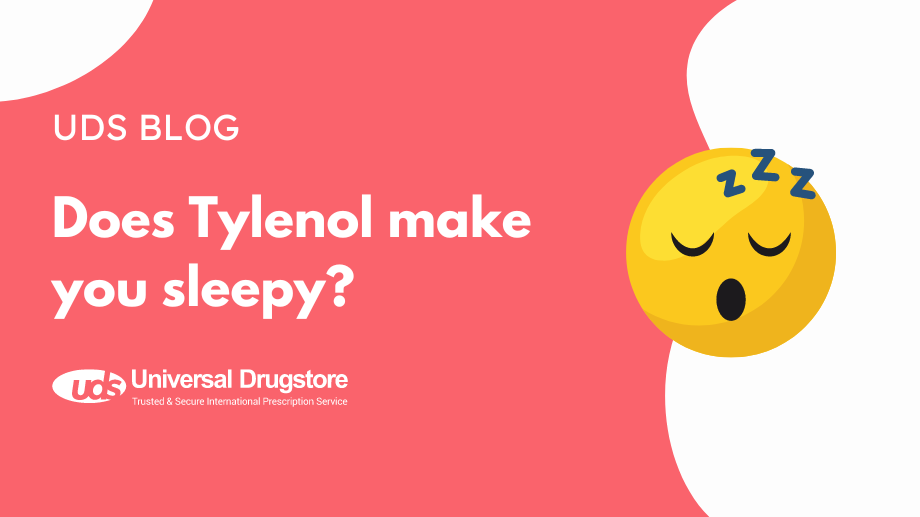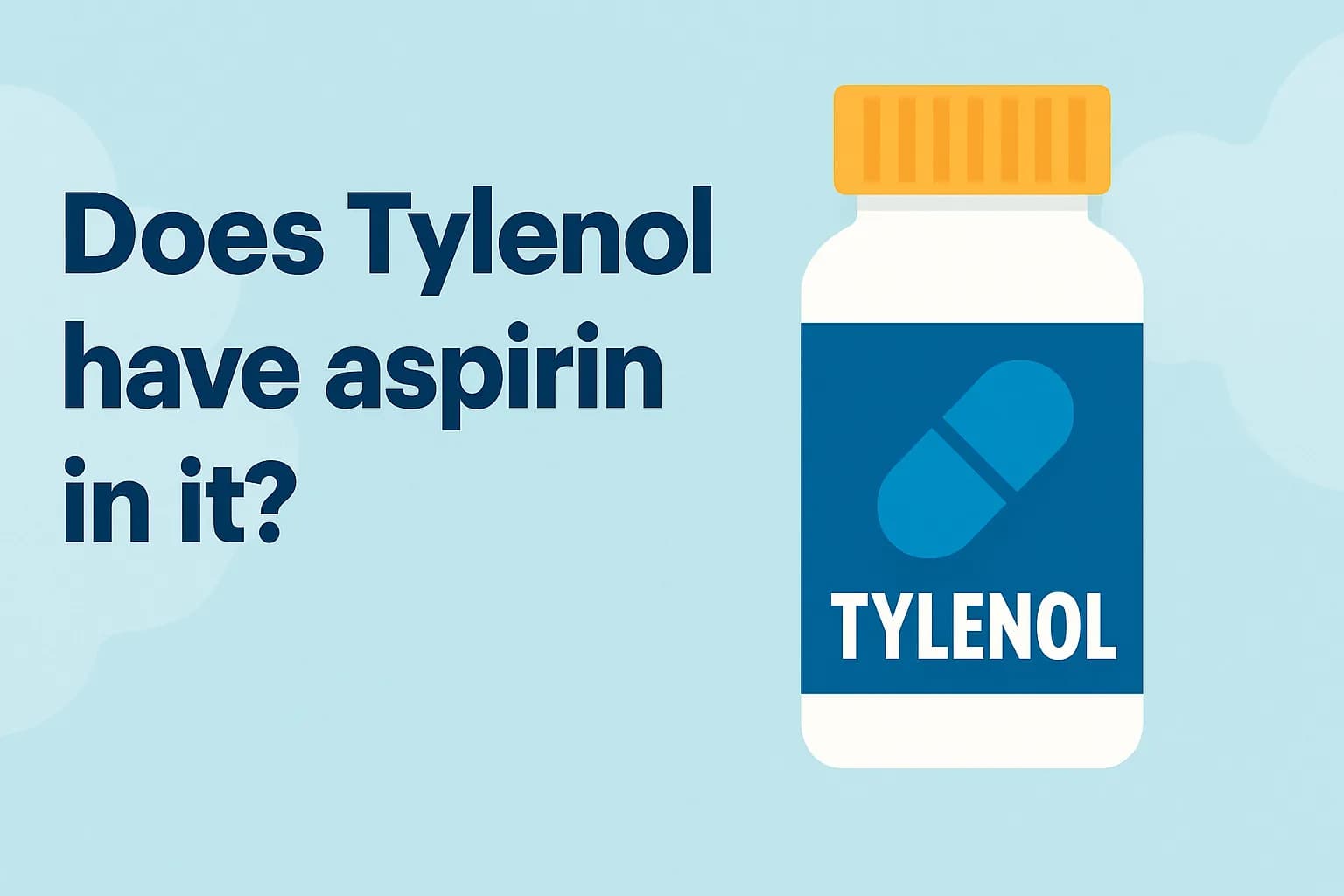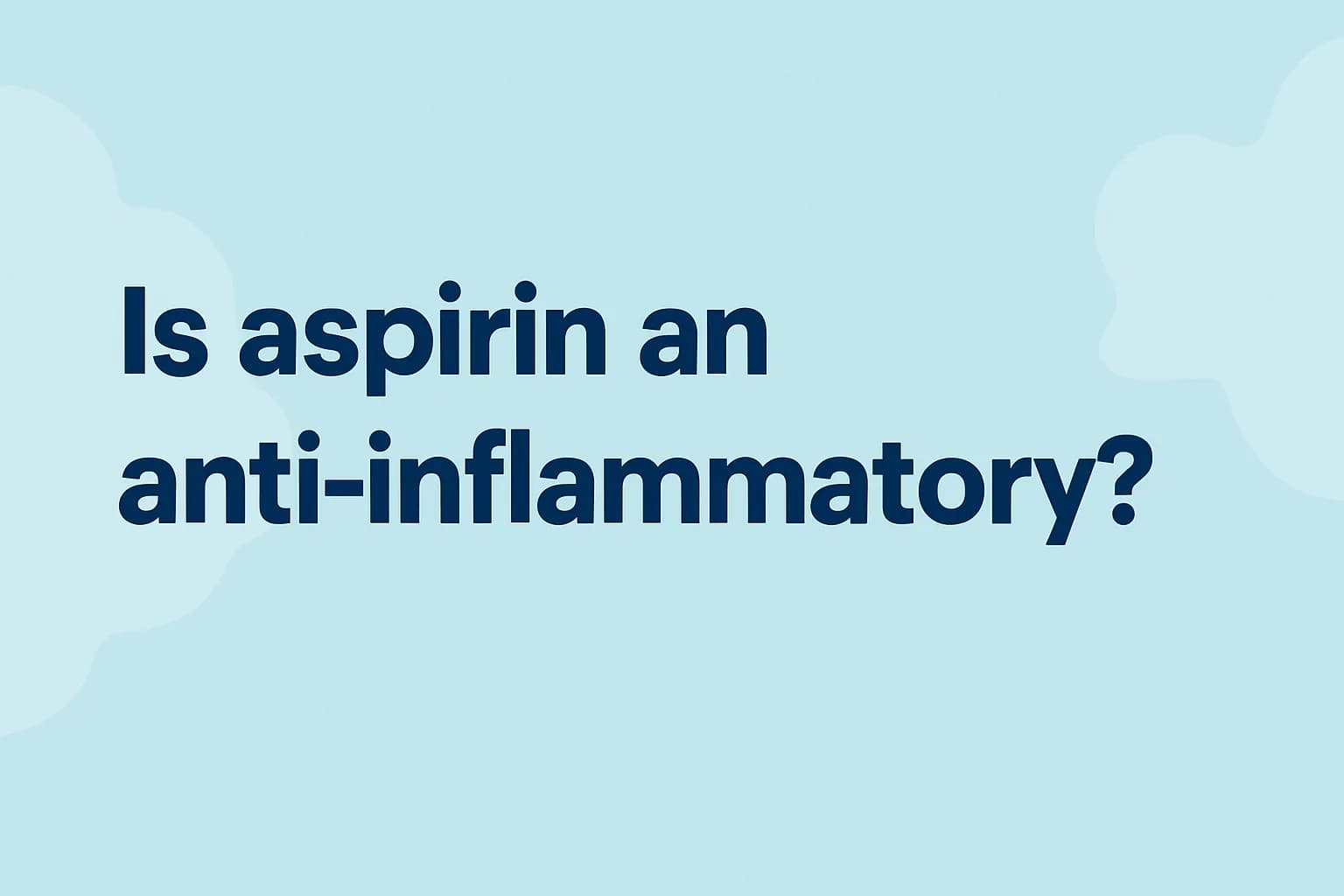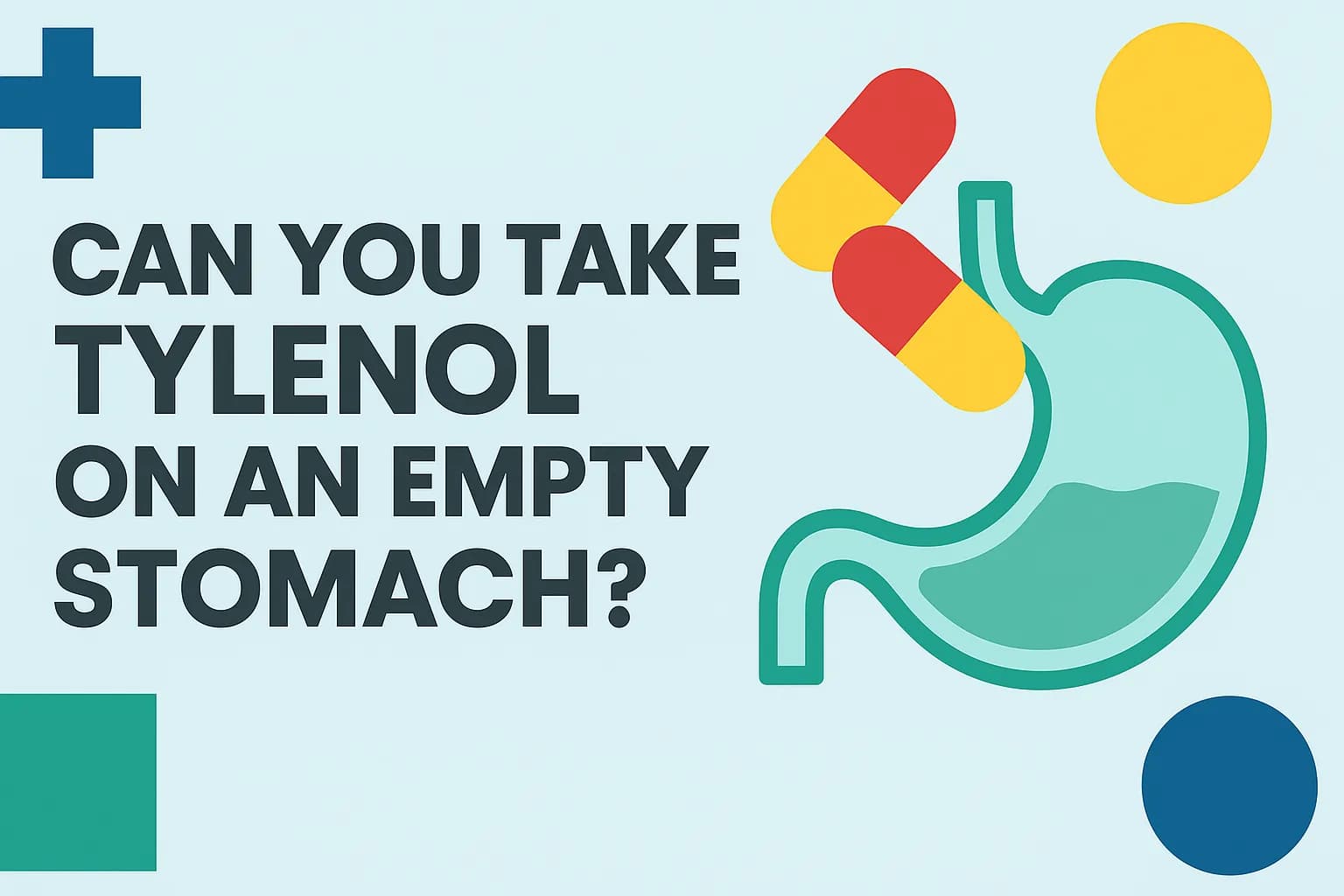What is Arthritis?
Arthritis is a condition that causes pain and inflammation in one or more joints, where two or more bones meet. It affects people of all ages and is the leading cause of disability in the United States.
Commonly affected areas include the knees, hands, hips, and spine. There are over 100 different types of arthritis; the most common are osteoarthritis and rheumatoid arthritis.
Common Types
- Osteoarthritis: Degenerative wear-and-tear of joint cartilage, leading to bone rubbing on bone, pain, stiffness, and reduced movement. Risk factors include aging, joint injury, overuse, and obesity.
- Rheumatoid arthritis: Autoimmune disorder where the immune system attacks joint lining, causing inflammation, pain, swelling, and potential joint damage. Genetics and environmental factors (e.g., smoking) contribute.
- Gout: Build-up of uric acid crystals in joints (often the big toe), causing sudden, severe pain and swelling.
- Psoriatic arthritis: Inflammatory arthritis linked to psoriasis, affecting skin and joints, often with nail changes.
- Ankylosing spondylitis: Inflammatory disease primarily of the spine, leading to vertebrae fusion and reduced flexibility.
- Juvenile idiopathic arthritis: Childhood arthritis causing long-term joint inflammation and potentially permanent damage.
Symptoms
- Joint pain, tenderness, and stiffness
- Swelling, redness, and warmth around joints
- Reduced range of motion and flexibility
- Fatigue, especially in inflammatory types
- Joint deformity in advanced cases
- Grating sensation or bone spurs in osteoarthritis
Diagnosis
- Medical history and physical exam to assess joints and rule out other causes
- Blood tests for inflammation markers (ESR, CRP) and specific antibodies (RF, anti-CCP)
- Imaging (X-ray, MRI, ultrasound) to detect joint damage, cartilage loss, or bone changes
- Joint fluid analysis to exclude gout or infection by checking for crystals or pathogens
Treatment
Medications
- Pain relievers (acetaminophen) and NSAIDs (ibuprofen, naproxen)
- Corticosteroids (oral or injected) for rapid inflammation control
- DMARDs (methotrexate, sulfasalazine) and biologics (etanercept, adalimumab) for autoimmune types
Therapies
- Physical therapy to strengthen muscles and improve joint flexibility
- Occupational therapy to adapt daily activities and protect joints
Procedures
- Joint injections (corticosteroids, hyaluronic acid)
- Osteotomy to realign bones
- Joint replacement surgery (hip, knee) or fusion (wrist, ankle)
Lifestyle
- Regular low-impact exercise (walking, swimming, cycling)
- Weight management to reduce joint stress
- Balanced diet rich in antioxidants and omega-3 fatty acids
- Use of assistive devices (canes, braces) as needed
Sources
- Arthritis Foundation. “What is Arthritis?”
- American Academy of Orthopaedic Surgeons. “Arthritis: An Overview.”
- National Institute of Arthritis and Musculoskeletal and Skin Diseases. “Arthritis and Rheumatic Diseases.”
- American College of Rheumatology. “Rheumatoid Arthritis.”
- Centers for Disease Control and Prevention. “Arthritis Types.”







